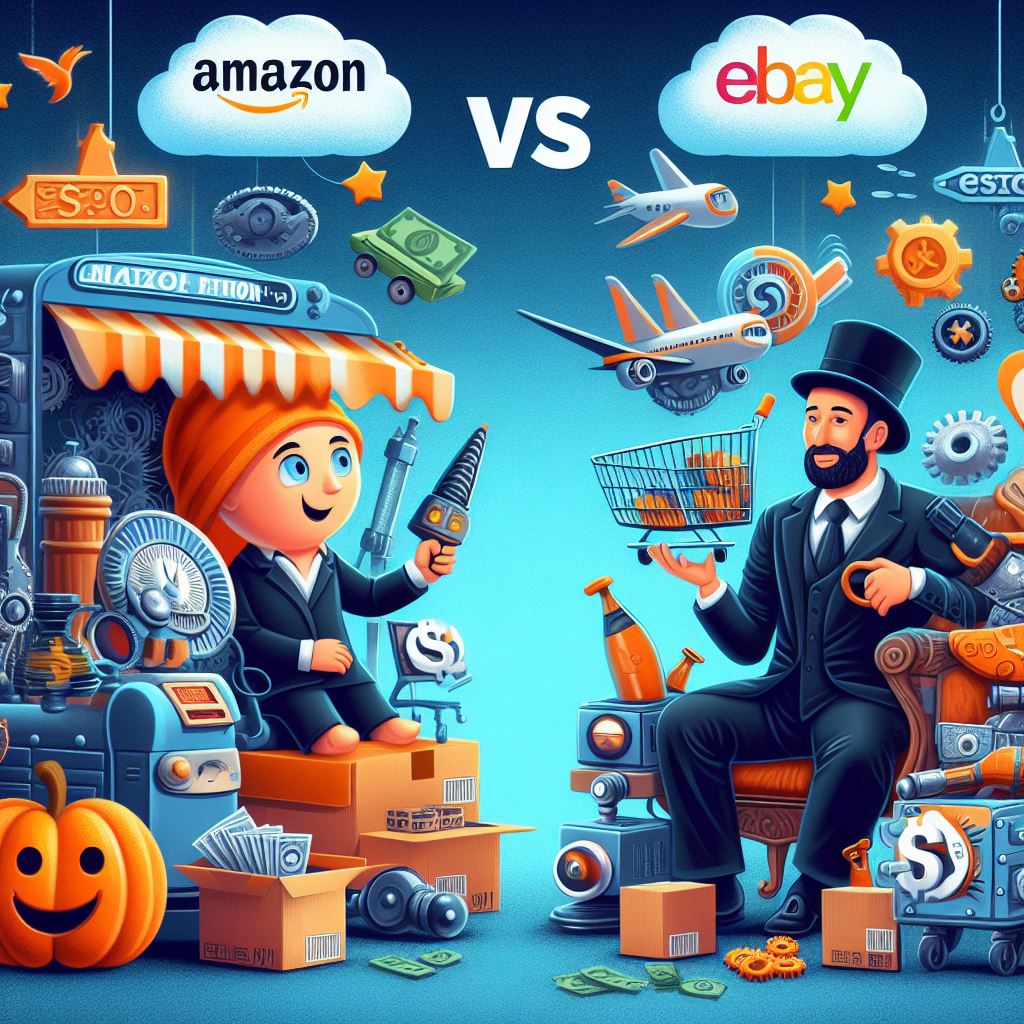In the ever-evolving landscape of e-commerce, choosing the right platform for your online business is crucial. Two giants in the industry, Amazon and eBay, stand out as popular choices for sellers looking to reach a wide audience. In this blog post, we will delve into the nuances of selling on Amazon and eBay, weighing the pros and cons to help you make an informed decision for your business.
Audience Reach and Traffic
Amazon and eBay both boast massive user bases, but they differ in terms of audience demographics. Amazon tends to attract a broader and more mainstream audience, making it ideal for sellers with a diverse range of products. On the other hand, eBay has traditionally been a hub for unique and collectible items, attracting a community of bargain hunters and auction enthusiasts. Understanding your target audience is crucial in determining which platform aligns better with your business.
Fees and Pricing Structure
One of the primary considerations for sellers is the cost associated with using each platform. Amazon typically charges a higher upfront fee, including a monthly subscription for professional sellers. However, eBay operates on a fee structure that includes insertion fees, final value fees, and optional listing upgrades. Depending on your sales volume and business model, one platform may offer a more cost-effective solution than the other.
Ease of Use and Listing Options
Amazon’s interface is known for its user-friendly design, making it easy for sellers to list products quickly. The platform also offers fulfillment services through Fulfillment by Amazon (FBA), streamlining the shipping process. eBay, with its auction-style listings and more customizable storefronts, provides a different user experience. The choice between the two depends on your comfort level with the platform and the type of products you sell.
Brand Visibility and Control
Amazon tends to prioritize product listings over seller profiles, making it challenging for individual sellers to establish a distinct brand presence. eBay, on the other hand, allows sellers to create unique storefronts and connect directly with buyers. If building and controlling your brand image is a priority, eBay may offer more flexibility in terms of customization and personalization.
Competition and Marketplace Dynamics
The level of competition varies on both platforms, with Amazon often being more saturated due to its sheer size. While the extensive customer base provides significant opportunities, sellers may find it challenging to stand out. eBay, with its auction format and niche-oriented marketplace, allows for a different approach to competition. Analyzing the competitive landscape of your specific niche can help determine which platform aligns better with your business strategy.
Conclusion
Ultimately, the choice between selling on Amazon or eBay depends on your business goals, target audience, and the nature of your products. Amazon offers a vast and diverse marketplace, while eBay provides a platform for unique and collectible items. Consider factors such as fees, brand visibility, and competition when making your decision. Whichever platform you choose, a strategic and well-informed approach is key to thriving in the competitive world of e-commerce.

